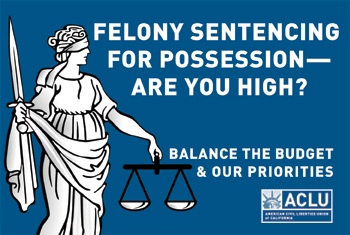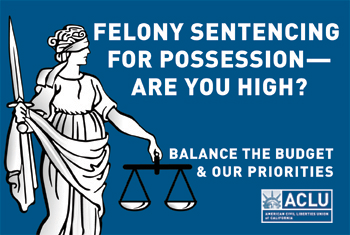ACLU of Southern California, Public Counsel and Community Rights Campaign say schools and parents, not police and courts, are best way to keep youth in school
Parents, students and civil rights groups will announce revised Los Angeles Police Department procedures aimed to reduce the number of daytime curfew tickets written to students, particularly African American and Latino students. The revised procedures are a result of collaboration and discussions between the Public Counsel, the Community Rights Campaign, and the ACLU of Southern California - groups that work to keep students in school - and the LAPD, the Mayor's office, and administrators from the Partnership for Los Angeles Schools.
According to LAPD and Los Angeles School Police data requested by the groups, police issued more than 47,000 tickets from 2004 to 2009 - 88% of them to African American and Latino students, who make up only 74% of Los Angeles students. Curfew fines can cost more than $240 and require students and their families to miss additional time from school and work to go to court to resolve them.
The revisions to the plan state that LAPD ticket task forces generally will not occur during the first hour of classes, directs police to help students get back to school rather than ticketing them, and makes other changes to reduce unnecessary tickets.
'Students belong in school, not in court. Something is wrong when African American and Latino youth are being singled out in alarming numbers by police. This send students the wrong message, and leads to court fines, lost wages for parents, and missing valuable class time that students and families can't afford,' said Laura Faer, Education Rights Director at Public Counsel.
'It is our goal to make every effort to ensure our students are attending school where they will obtain the education and guidance necessary to become productive citizens within our community,' said LAPD Chief Charlie Beck. 'It is not our intention to target our youths or to place undue burdens on their families. By making sure they attend school, we avoid any potential of our youths becoming either victims or preyed upon and encouraged to become involved in criminal activities.'
'The best place to get help is in school and in the community, not in a courtroom. These new LAPD procedures are an important step to ensure that students can begin feeling welcomed in their own school and not have to worry about facing down police sweeps, tickets or handcuffs, for the mere act of coming late to school; young people in need, need supportive services not suppression,' said Manuel Criollo, Lead Organizer at the Community Rights Campaign.
'We want to thank the LAPD, and especially Chief Beck and Chief Paysinger, for their collaboration with the community to put in place procedures that will lessen the undue hardships on low-income families and also help youth stay in school,' said David Sapp, Staff Attorney at the ACLU of Southern California.
There are dozens of reasons why students are late or truant, ranging from emotional and mental health problems, school environment, academic challenges, special education needs, economic pressures, substance abuse, physical or emotional abuse in the home, lack of adequate transportation, fear of being harmed at school, bullying, and more. Research shows that schools, not courts, are the best way to address the underlying problems that cause truancy.
The revisions to the LAPD procedures were adopted April 1 and, if fully implemented:
- Ticket task forces generally will not be conducted during the first hour of classes.
- It will reduce unnecessary court involvement for students traveling to school.
- It reinforces the requirement that police must ask students if they have a legitimate excuse before writing them a ticket.
- It directs police to help students get back to school rather than ticketing which may result in fines directed by the courts.
- It ends ticketing on school grounds, where school authorities should be responsible for reaching out to students.
- It requires a proactive quarterly monitoring process for the first year to review tickets and the ticketing process and to assess whether the policy is being implemented.
- It makes clear that truancy task forces, also known in the community as truancy sweeps, should not be conducted arbitrarily and without a legitimate and substantiated reason.
Public Counsel, the Community Rights Campaign, and the ACLU-SC announced they would monitor the revised procedures to ensure that students are being protected.

